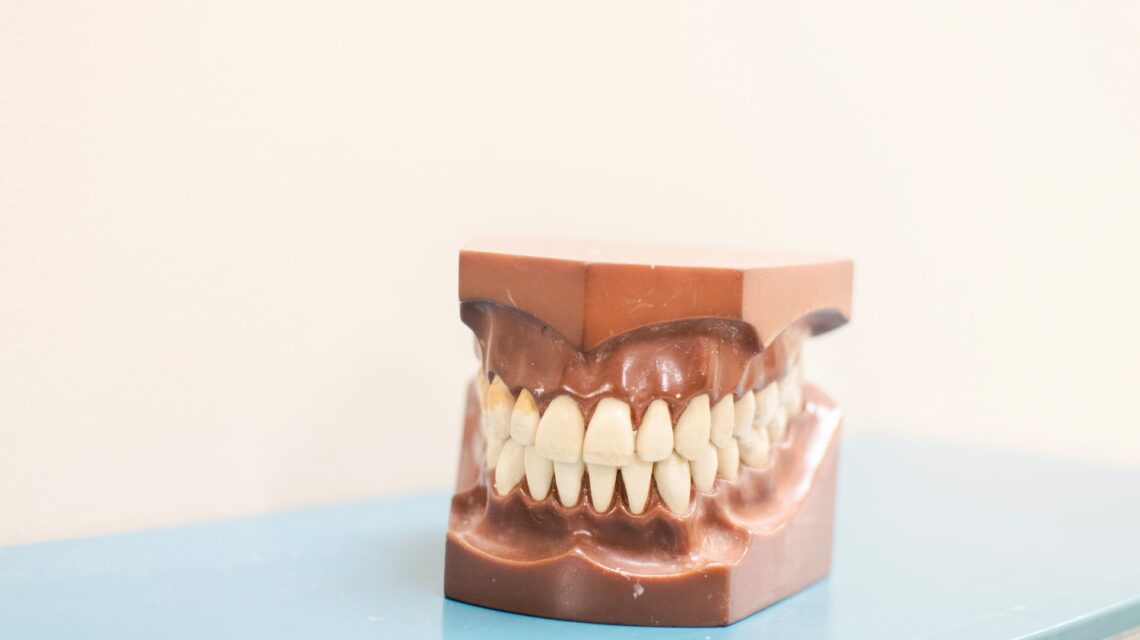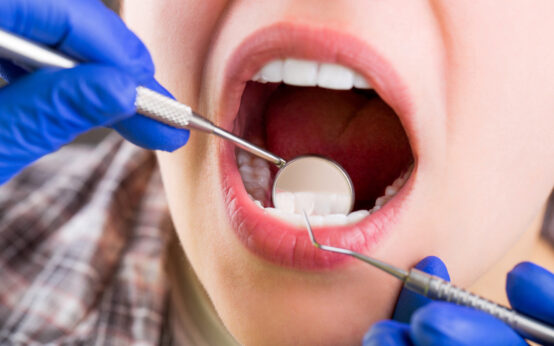Periodontal cleaning is one of the preventative services provided by a dentist. It is usually performed every six months or so and is recommended to prevent gum disease. Periodontal cleaning is performed to remove the pockets that form between the gums and teeth. A regular dental cleaning cannot remove the plaque and tartar that accumulate there. Moreover, it is essential to understand the cost of periodontal cleaning before making a decision about the procedure.
Table of Contents
Deep cleaning
Deep periodontal cleaning is necessary if you have gum disease. Regular cleanings and flossing will help prevent the progression of periodontal disease, but you still may need a deep cleaning if you have advanced gum disease. Deep cleaning can help reverse the disease and prevent it from progressing to more serious levels. You may experience sensitivity or inflammation of the gums. This sensitivity is not resolved after brushing and flossing.
Deep cleaning has two parts. First, scaling removes the buildup of tartar and plaque on the outer surface of the roots. The second part, root planing, smooths out the roots of teeth and helps the gums reattach to them. Depending on the extent of gum disease, scaling and root planing may require more than one visit. The procedure may also require a local anesthetic, and you may experience tooth sensitivity or pain for several days afterward.
The procedure is different from regular teeth cleaning because it goes below the gum line. The dentist uses surgical instruments or an ultrasonic scaler to scrape away tartar from the root surfaces. It also shapes the tooth root for easier cleaning and prevents plaque buildup. Unlike regular teeth cleaning, deep cleaning is an excellent treatment for advanced cases of gum disease. You may need to undergo this procedure if you are suffering from periodontal disease, but it's well worth it.
During this procedure, the dentist will measure the depth of pockets in your gums. This is usually a noninvasive procedure, but if there are large pockets, it may require a surgical procedure. The dentist will cut away the gum tissue and stitch it back together. This prevents food particles and bacteria from building up in the pockets. The procedure can also be done more than once to get the most thorough results. Once the pocket is reduced, the process of healing can continue without a problem.
Tartar removal
A dental professional will use a periodontal scaling instrument to remove tartar from teeth after the cleaning is complete. This method is often more intense than regular cleaning and requires several appointments. A dental professional can also use an ultrasonic device to remove tartar more effectively. Both methods are effective, but the removal process can be labor-intensive. A professional should use the proper precautions when removing tartar from teeth.
Professional help is essential for removing tartar from the back of the teeth. A dentist can remove tartar with a curette or ultrasonic scaler. However, preventative care is also essential to avoid tartar from building up. The best way to prevent tartar is to maintain a good oral hygiene regimen. For instance, brushing twice a day with fluoride toothpaste and using an antiseptic mouthwash are all essential to remove tartar and prevent its buildup.
After a periodontal cleaning, a dental professional will perform a treatment called scaling and root planing. This procedure uses a handheld manual instrument, the dental scaler or the curette, to scrape away tartar and plaque. The patient should not feel any pain, but they should expect a certain amount of vibration during the procedure. The process will be completed within an hour or so. This will prevent the onset of any periodontal disease in the future.
Deep cleaning involves several steps. These include scaling and root planing. Each step is designed to restore teeth and gums to optimal dental health. Scaling involves scraping away tartar from the surface of the teeth and roots. Planing involves smoothing the root surfaces of teeth to make them more appealing for gums to attach and prevent gingival bleeding. This procedure can also reduce the risks of dental problems. The procedure is highly recommended for those who experience gum disease.
Treatment of gum disease
The treatment of gum disease with periodontal cleaning works for 85 percent of patients. It is most effective when it is performed when the disease has not yet caused serious damage to the tissue or teeth. Early warning signs of gum disease include bleeding and red gums. In addition, treatment may reduce other risks to your health, including diabetes and heart disease. Studies have shown that periodontal cleaning can lower blood sugar levels and decrease the need for insulin.
Various treatment procedures are available, including deep cleaning, laser therapy, and antibiotic treatments. Some procedures involve removing tartar and plaque using ultrasonic instruments. Other treatments involve the use of surgical procedures, such as gum grafting. This treatment aims to restore the strength and stability of the teeth and the supporting structures. Patients may have several questions about this treatment, such as whether the procedure will hurt. However, the doctor will answer all of these questions in detail.
Dental cleaning is an essential part of the overall treatment of gum disease. If left untreated, the infection can worsen, and can even affect the jawbone. Even if the disease is caught early, professional treatment may reverse the condition. If not treated, periodontitis can lead to a loss of bone, which can affect overall health. Treatment of gum disease with periodontal cleaning can even be effective in the early stages of the disease.
Deep cleaning is an essential part of the treatment of gum disease. This procedure, also known as root planing, removes deposits from the teeth above and below the gum line. It smoothes out rough surfaces on the roots, making them easier for gum tissue to reattach. During the deep cleaning process, the gum tissue is reattached and loose pockets are closed. This treatment is extremely effective for the early stages of gum disease, as it can reverse or stop the disease process.
Cost
A typical prophylaxis appointment can cost anywhere from $140 to $300, depending on the location and reputation of the dentist. Children's cleanings, on the other hand, take much less time. In addition, children may have heavier plaque and tartar buildup than adults do. Periodontal deep cleanings, on the other hand, remove tartar from the root surfaces of teeth, halting gum disease and bone loss. After the procedure, you'll need to schedule follow-up appointments for maintenance.
The cost of periodontal cleaning varies considerably depending on the severity of your periodontal disease and additional treatments that may be required. Nevertheless, deep cleaning without insurance can easily cost upwards of $600. A deep cleaning may cost even more if you don't have dental insurance, and the additional expenses of antibiotics and dental sedation can add up to a significant amount. While a deep cleaning may seem reasonable, the additional cost of removing tartar and plaque can easily make the procedure more expensive.
A deep cleaning, also known as scaling and root planing, is the most common type of periodontal treatment. It can be therapeutic or preventive. Prices vary depending on the dentist and type of treatment. Preventive scaling and root planing typically cost $200 for one or two teeth in each quadrant and $300 or more for all four. Scaling and root planing is an expensive procedure, but insurance coverage may help cover some of the costs.
Once you've determined the extent of your periodontal disease, your dentist will advise you on a regimen of oral hygiene at home. The periodontal maintenance phase will require a more frequent visit, usually every three months. The cost of periodontal cleaning is more expensive than a regular cleaning but is well worth the investment. After undergoing this treatment, you can resume eating normally. Once your periodontal health improves, you'll be able to eat your favorite foods and smile with confidence.
Insurance coverage
If you're concerned that your dental insurance won't cover your routine periodontal cleaning, you may wonder if you can get a deeper cleaning. This procedure is also known as periodontal scaling and root planing, or SCRP. Periodontal scaling and root planing is a crucial dental procedure that eliminates plaque and calculus from the teeth's roots. This procedure also treats and prevents periodontal disease. It's a popular treatment for people with periodontal disease and other health issues.
Even if you have a solid oral hygiene routine, you should still visit your dentist regularly to maintain good oral health. After all, your dentist knows your mouth best. While you might think that you can do cleaning every six months, many dentists recommend it more often. For instance, if you have chronic health issues, your dentist may recommend twice a year cleanings. You'll also need more cleanings if you have periodontal disease.
While you may not need dental insurance for periodontal maintenance, many companies offer affordable options to help you pay for your treatment. Some dental plans cover up to 100% of the cost of your visit. If your dental insurance carrier allows you to pay more than $1,500, you might not even have to pay for your cleaning. If your insurance provider covers only part of the cost, consider getting a quote from your carrier so you'll know what to expect.
While you may not have dental insurance, you can still file a claim to your insurer. Most insurers process dental insurance claims faster than service providers do. Just remember that most dental insurance policies only cover part of the cost. That means you won't be covered for the entire process. If you don't see any coverage through your insurance plan, you should seek out other options. If you're unsure whether you have dental insurance coverage for periodontal cleaning, make sure to contact your insurance agent or human resources department.
Sources:



 How Much Does Periodontal Cleaning Cost?
How Much Does Periodontal Cleaning Cost?